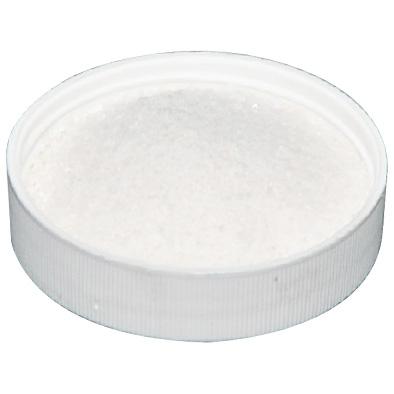1. The application of amino silicone oil
Amino silicone oil emulsions have been widely used in the textile industry. The silicone finishing agents used in the textile industry are mainly amino silicone oil emulsions. Surely, there are other silicone emulsions such as dimethyl silicone oil emulsion, hydrogen-containing silicone oil emulsion, hydroxyl silicone oil emulsion and so on. To make pure cotton, wool, silk fabrics, rayon, rayon, and blends soft and smooth, silicone oil, amino silicone crude oil series and ternary copolymer crude oil series can be chosen.
2. Four main parameters of amino silicone oil
Cashmere fabrics and polyester reduced-weight fabrics have a better comprehensive feeling than wool fabrics. To improve the hydrophilicity, polyether modified silicone oil and hydrophilic amino silicone oil can be selected as well as high-concentration compound product. Amino silicone oil has four main parameters, ammonia value, viscosity, reactivity and particle size which fundamentally reflect the quality of amino silicone oil, and will greatly affect the quality of the treated fabric such as handle, whiteness, shade, and ease of emulsification of silicone oil.
The various functions that amino silicone oil imparts to fabrics, such as softness, smoothness, and fullness, are mostly caused by the amino groups in the polymer. The amino content can be indicated by the ammonia value, which refers to the number of milliliters of hydrochloric acid of 1 equivalent concentration required to neutralize 1 g of amino silicone oil. Therefore, the ammonia value is directly proportional to the mole percentage of the amino content in the silicone oil. The higher the amino content, the higher the ammonia value, and the softer and smoother the fabric will feel. This is because the rise in amino functional groups greatly increases its affinity for the fabric, forming a more regular molecular arrangement to give the fabric a soft and smooth feel.
However, the active hydrogen in the amino group is easy to oxidize to form a chromophore, which causes the fabric to become yellowish or slightly yellowish. In the case of the same amino group, it is obvious that the more the amino group content (or ammonia value), the higher probability of oxidation, and the more serious the yellowing of the fabrics.
With the increase of ammonia value, the polarity of amino silicone oil molecules increases, which provides favorable prerequisites for the emulsification of amino silicone oil and can be made into microemulsion. The selection of emulsifier and the size and distribution of particle size in emulsion are also related to ammonia value.
Viscosity is related to polymer molecular weight and molecular weight distribution. Generally speaking, the greater the viscosity and the molecular weight of amino silicone oil, the better the film-forming properties on the surface of the fabric, the hand feeling and the smoothness. However, the permeability becomes worse, especially for strong twisted tight fabrics and fine denier. For fabrics, it is difficult for amino silicone oil to penetrate into the fibers and affect the function of the fabric. Excessive viscosity will also make emulsion stability worse or difficult to make microemulsion. Commonly, the product cannot be adjusted by viscosity alone but by the ammonia value and viscosity to balance the function. Usually, a low ammonia value requires high viscosity, then to balance the soft function of the fabric.



 English
English  日本語
日本語  Español
Español  tiếng việt
tiếng việt  Türkçe
Türkçe  ไทย
ไทย  українська
українська  हिंदी
हिंदी  বাঙালি
বাঙালি  اردو
اردو 

